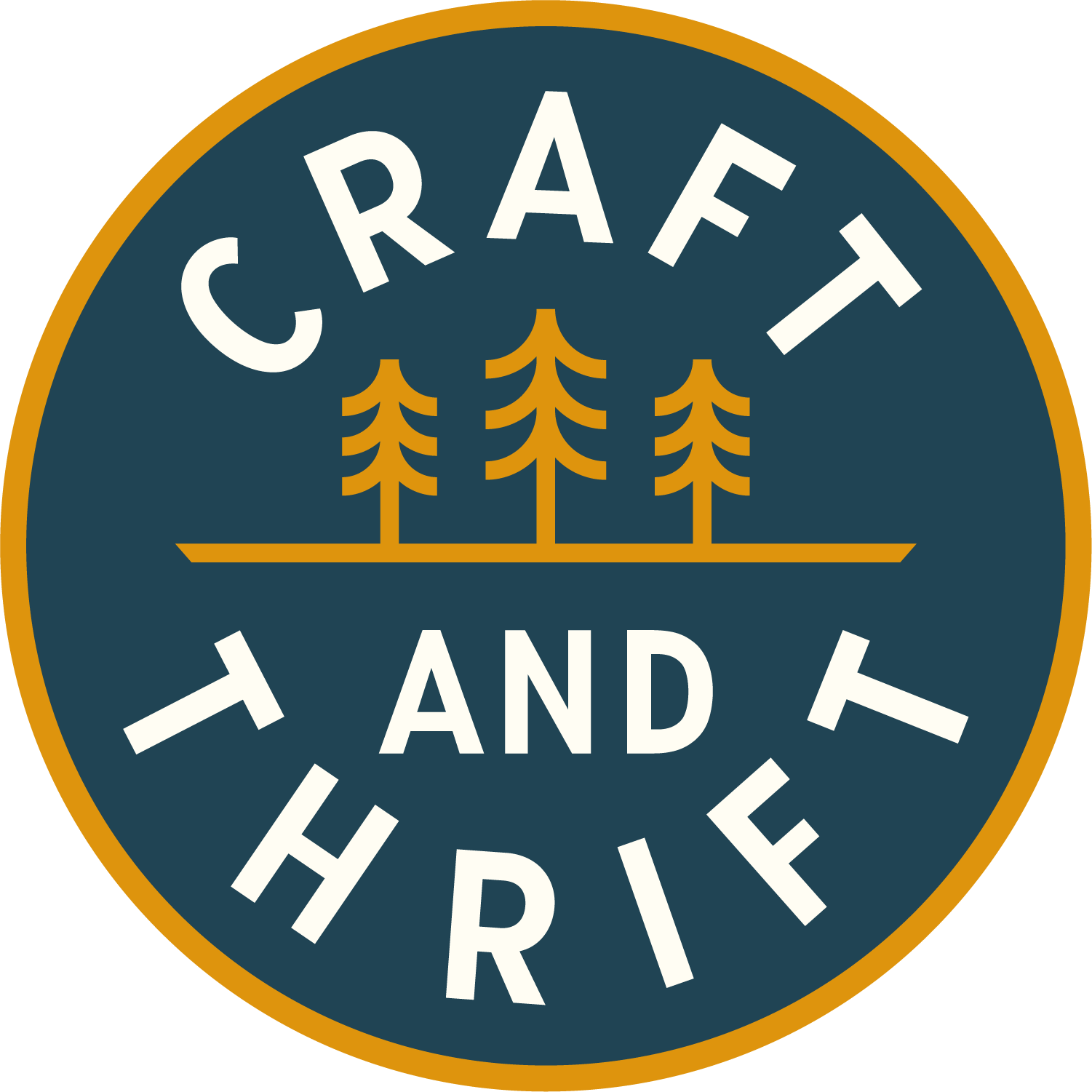Honouring a deceased sewist
Back in February, I was very kindly gifted a box of craft supplies, from a friend-of-a-friend clearing a relative’s house. In amongst the tapestry wools (currently being turned into an Heirloom Quilt Cardigan) and sewing needles, I found a half-finished tapestry. The 70's acid colours and trippy design appealed to me, plus the amount completed was a decent sized piece of fabric. I knew I would never finish or use a tapestry in it’s original form, but could I cut it up and sew with it, without it unraveling?
I snipped into one corner, just to test the robustness of the fabric. I didn’t want to slice through it with my rotary blade, only to find it all fall to pieces. My plan was to sew two lines of safety stitches, then cut between them, if needed. We use this technique during surgery, to stop excessive bleeding and preserve blood supply. A lot of my veterinary surgical skills are very transferable to sewing. Luckily, the fabric didn’t fray or unravel at all, and I was able to cut into it with impunity. I cut my two rectangular bag pieces and finished the edges on the overlocker, just to be safe, but also to make it look more professional and finished.
I had a few chunky metal zips in my stash, leftover from Julia Laing having a destash many years ago. Her blog is definitely worth a read, if you’re interested in mixed media art and creative sewing. I love a chunky metal zip, they feel very substantial and sturdy. I added a strip of remnant leather to the zipper pull, another touch I think elevates a basic project bag into something more premium, and squared-off the bottom corners. I used a piece of the binka to lengthen the zip and as a nod to the underlying fabric.
I topstitched the zipper tape, but because the tapestry fabric is quite thick, my sewing machine struggled to keep an even stitch length. I think next time I would try this step with a walking foot, to try to improve the quality of the topstitching. Nothing says ‘home made’ like wobbly, irregular topstitching, in my opinion. I’m not in any rush to bring back selling products through Craft & Thrift, but I like the idea in the future of creating a range of project bags and notions pouches, made from recycled fabric. I’m always looking for ideas of how to best implement these ideas, and practicing my skills to the highest professional level I could manage on a home sewing machine.
There’s not much more to say, that I haven’t already covered in one of my many posts about sewing project bags from recycled fabric (here, here, here, and here to get you started). The difference is the use of a half-finished project, left behind after a fellow sewist died. I’m sure we can all empathise, as creative people, with the ongoing list of works-in-progress, the never ending piles of projects in various stages of completion. I have enough self-awareness to recognise I myself will most likely die with unfinished objects and half-cooked projects left behind. I recently added a clause to my will, that my bestie will inherit my craft supplies, to use, recycle, donate or dispose of as she sees fit. It’s a collection amassed over my entire adult lifetime, that I intend to continue to curate over whatever time left I am privileged to enjoy. It always makes me a little sad, to see half-finished objects in charity shops. Did no one in that person’s family want to help them by finishing their last work-in-progress on their behalf? Maybe no one else in the family had the skills or interest. I empathise with the deceased sewist, and want to make sure their last creative legacy is utilised, even if it’s not in the original form intended. To turn tapestry into project bags, for fellow sewists to enjoy, feels like a fitting end to the story of that project, and a way to honour an anonymous creative person.




